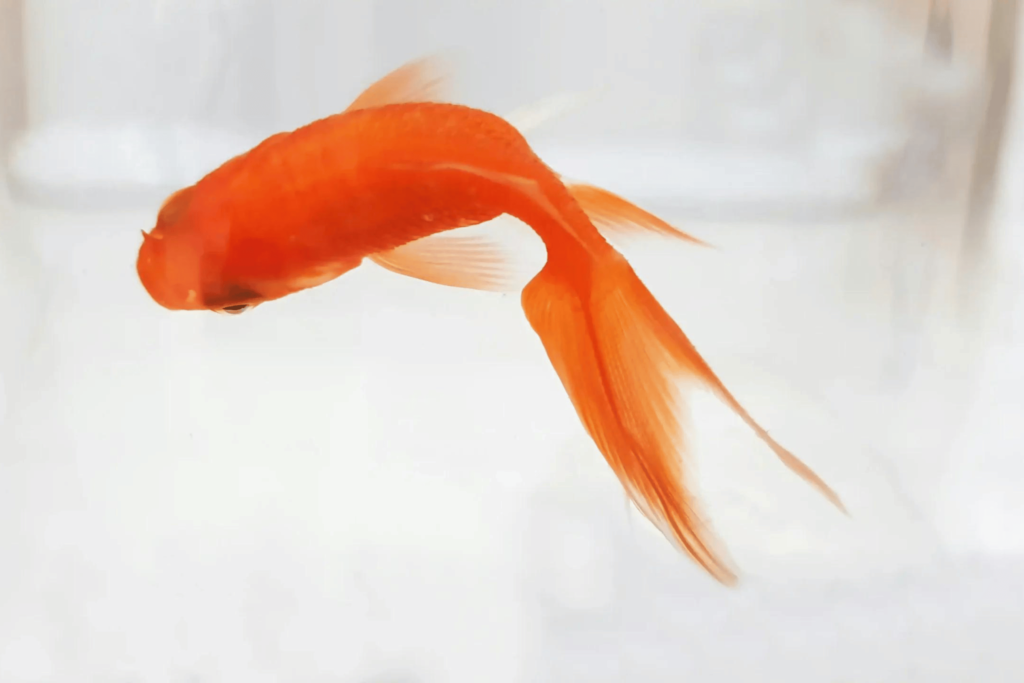Dive into the fascinating world of fish behaviours. Understand how your fish communicates with you and learn to interpret their signals. Discover helpful insights and guidance to establish a harmonious environment in your aquarium.
Introduction to Fish Behaviours
Fish behaviour is often overlooked in aquarium keeping, yet understanding their cues can provide insights into their overall well-being. This article explores the intricate world of fish behaviour, decoding their communication signals, and offers guidance on interpreting and responding to their needs. Gain valuable knowledge to foster a strong bond with your aquatic companions in Singapore.
Body Language Communication
Fish, like humans and many other animals, rely heavily on body language to communicate with one another and with their environment. Their movements, postures, and gestures can convey a wide range of emotions, needs, and intentions. For instance, a fish that is swimming rapidly or darting around the tank may be experiencing stress or anxiety. While, a fish that is calmly exploring its environment is likely feeling comfortable and content.
Observing your fish’s body language can provide valuable insights into their emotional state and well-being. For example, a fish that is constantly hiding or seeking shelter may be feeling threatened or stressed, while a fish that swims to the front of the tank to greet you may be seeking attention or anticipating feeding time.
Deciphering Feeding Habits and Health
One of the most observable aspects of fish behaviour is their feeding habits. Paying attention to how your fish eat can provide valuable clues about their health and nutritional needs. A sudden loss of appetite or reluctance to eat may indicate underlying health issues, such as digestive problems or parasites. Conversely, overeating can lead to obesity and other health complications. So it’s important to monitor your fish’s feeding habits and adjust their diet accordingly.
Additionally, observing how your fish interact during feeding time can offer insights into their social dynamics and hierarchy within the aquarium. Dominant individuals may assert their authority by monopolising food sources or chasing away weaker tank mates. While, more submissive fish may wait patiently for their turn to eat.
Social Structures and Tank Environment
Many species of fish are social creatures that form complex hierarchies and social structures within the aquarium. Understanding these social dynamics is essential for maintaining a harmonious and balanced tank environment. Observing interactions between fish can help you identify dominant individuals, aggression, or territorial behaviour. This may require intervention to prevent bullying or injury.
In some cases, introducing new fish to an established community can disrupt the existing social order and lead to conflict or aggression. It’s important to carefully monitor new additions and provide ample hiding places and territory boundaries. This is to minimise stress and aggression among tank mates.
Environmental Influences on Fish Behaviours
With changes in their environment, fish may exhibit specific behaviours in response to fluctuations in water quality, temperature, or lighting. For example, fish may become more active or hide during water changes or changes in light intensity.
Understanding how environmental factors influence fish behaviour can help you create a stable and comfortable living environment for your aquatic companions. Maintaining optimal water parameters, & adequate filtration and aeration is essential for promoting their health and well-being.
Breeding Fish Behaviours and Reproduction
Breeding behaviour varies widely among different species of fish. With some exhibiting elaborate courtship rituals and others engaging in more solitary spawning behaviours. Recognizing signs of breeding behaviour can help fish keepers create optimal conditions for successful reproduction and the survival of fry.
Male fish may display vibrant colours, erect fins, or aggressive behaviours to attract mates and establish breeding territories. Female fish may exhibit swollen abdomens or display receptive behaviours, such as hovering near the substrate or displaying their ventral fins, to signal readiness to spawn.
Creating a conducive breeding environment with appropriate water conditions, suitable spawning sites, and ample hiding places for fry can increase the likelihood of successful reproduction and the survival of offspring.
Recognizing Distress and Health Issues
It’s important for fish keepers to be able to recognize signs of distress or illness in their fish and take appropriate action to address any underlying issues. Common signs of distress may include lethargy, loss of colour, abnormal swimming patterns, or rapid breathing.
Identifying the underlying cause of distress, whether it’s poor water quality, inadequate nutrition, or the presence of parasites or disease, is essential. This enables implementing effective treatment and restoring your fish’s health and vitality.
Conclusion
By understanding and interpreting your fish’s behaviours, you can ensure a safe and enriching habitat in the aquarium. Strengthen your bond with these aquatic companions by recognizing distress, supporting breeding behaviours, and appreciating their unique personalities. By actively engaging with your fish’s needs, you’ll establish a vibrant aquatic community. One that brings joy and satisfaction to both you and your finned friends.


